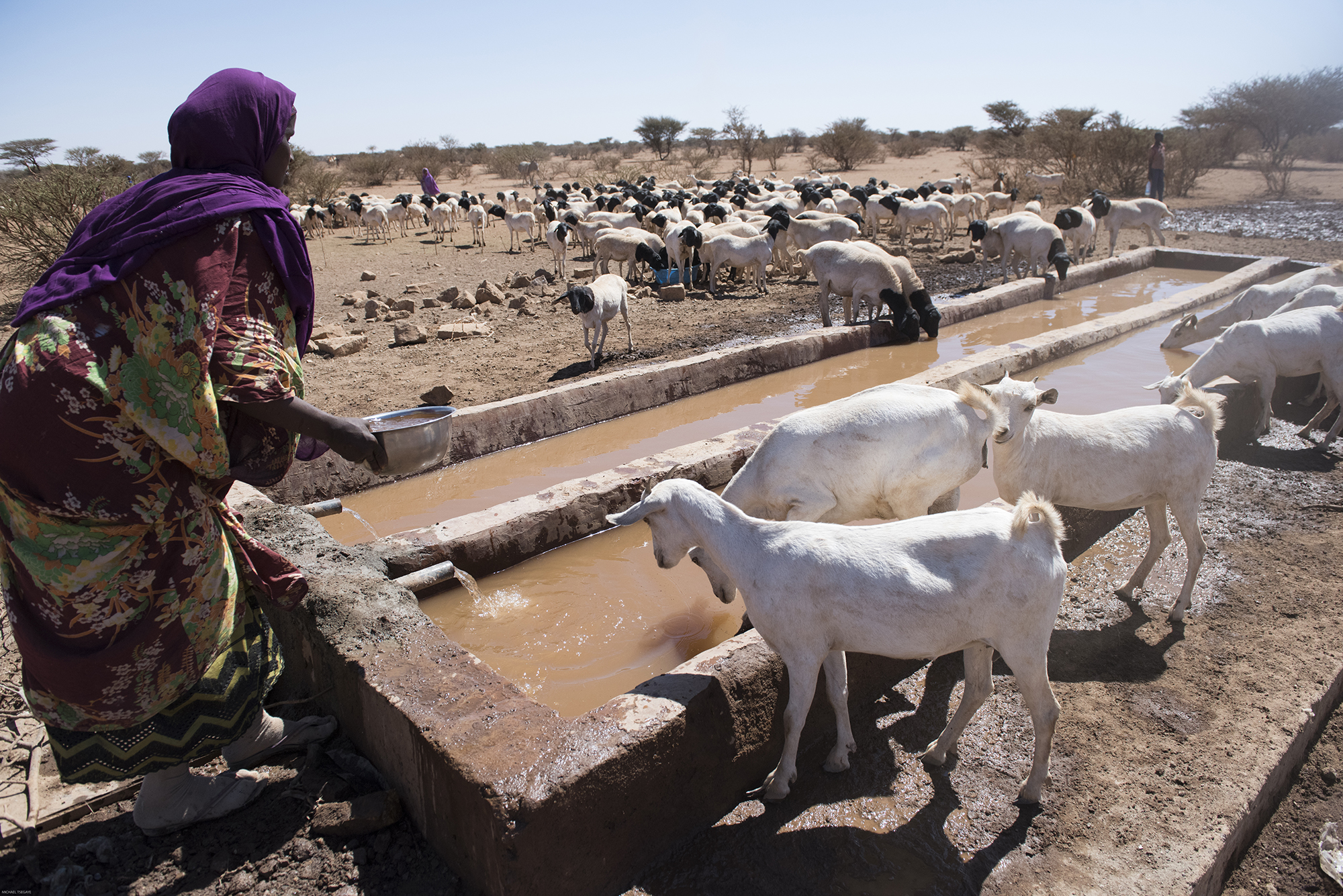Climate change presents a pressing global challenge everywhere. However, in fragile and conflict-prone settings, climate impacts can accelerate political instability, food insecurity, economic weakness, and large-scale movement of people, all drivers of conflicts.
The Technology Needs Assessments (TNAs) for Yemen and Somalia underscore how climate technology can be a lifeline in even the most vulnerable contexts. Both countries face extreme climate challenges, from water scarcity to food insecurity, yet their TNAs outline concrete pathways to emissions reductions and resilience through targeted technological solutions.
Somalia and Yemen joined TNA Phase IV in 2020 and are severely impacted by the adverse impacts of climate change, as periods of droughts extend dramatically.
At the same time, both countries have experienced unrest and civil war over the past decades, paying a heavy toll on the population and both nations infrastructure.
Despite ongoing conflicts and economic constraints, Yemen and Somalia have identified critical technologies that can support their development while addressing climate risks and mitigation. Their TNAs emphasize the importance of localized, practical solutions that can be scaled effectively within fragile contexts, with an emphasis on local ownership.
Action plans removing barriers
Agriculture is of critical importance for both countries, as large parts of the population live in rural areas relying on the production of their own crops.
Changing rain patterns and progressing soil degradation pose a heavy threat to food security, leading both Yemen and Somalia to prioritize technologies that strengthen resilience amongst farmers, while seeking to improve agricultural practices.
Both countries just recently submitted their Technology Action Plans (TAPs), building on the initial TNAs. The action plans systematically identify practical actions necessary to reduce or remove policy, finance and technology related barriers.
Read more about the TNAs and download the TAPs here: Yemen – Somalia.
261.000 water tanks, financing and improved regulation
Somalia’s TNA and TAP focus on securing water resources and improving agricultural resilience—two sectors highly vulnerable to climate change.
Drip irrigation was selected as a key technology, as it is an exceptionally well-suited technological solution for arid and semi-arid regions, where the lack of a perennial surface water source poses a significant obstacle to maintaining a consistent water supply.
In order to enhance the diffusion of the technology, a number of activities and actions have been developed. This covers training sessions, site visits, and awareness raising with farmers on irrigation equipment, such as drip lines, pumps, pipelines, and channels.
The action plan also outlines new financing mechanisms as well as improved regulatory frameworks.
By 2032, Somalia aims to establish 261.000 rainwater harvesting tanks, deploy 300 solar-powered boreholes, and expand meteorological infrastructure to include 200 automated weather stations. These efforts align with the country’s National Water Resources Strategy and broader development goals.
Shaping national policies and strategies
Similar to Somalia, Yemen has also developed concrete project ideas for the agricultural sector, cross-cutting with other sectors such as water and energy.
The technology priorities from the TNA create a cohesive, long-term framework for Yemen’s climate response. The country’s Climate Finance and Capacity Programme within the Green Climate Fund (GCF) uses the TNA to match financial resources with key technologies, such as desalination and renewable energy.
Developed with broad stakeholder engagement, the TNA has also become integral to shaping Yemen’s climate policies, including the preparation of updated NDCs, and Long-Term Low Emission Development Strategies (LT-LEDs). In the NDC and LT-LEDs, the TNA adds specificity to emission-reduction strategies by promoting renewable energy and sustainable practices in line with economic recovery and development pathways.
Yemen has already started to take the next steps to further develop pathways that ensure rapid climate technology implementation. In parallel with the TNA process, the country has developed its GCF country programme, approved in late 2024.
Yemen’s action plan outlines a clear framework for scaling these technologies through stakeholder engagement, capacity building, and financial mechanisms to overcome existing barriers.
Implementing critical climate technology
The experiences of Yemen and Somalia demonstrate how TNAs can drive technology deployment even in challenging environments. By identifying sectoral priorities, mapping implementation pathways, and securing institutional buy-in, these assessments pave the way for climate-resilient development.
The TNA project is now entering into enter its fifth phase focusing on supporting 17 countries in preparing Technology Action Plans, which provide actionable roadmaps for implementing prioritized climate technologies to both reduce greenhouse gas emissions and enhance resilience to climate impacts.
UNEP Copenhagen Climate Centre continues to support countries in leveraging TNAs to identify, prioritize, and implement critical climate technologies. As global climate action accelerates, ensuring that vulnerable nations have access to the tools and resources they need remains a priority.


